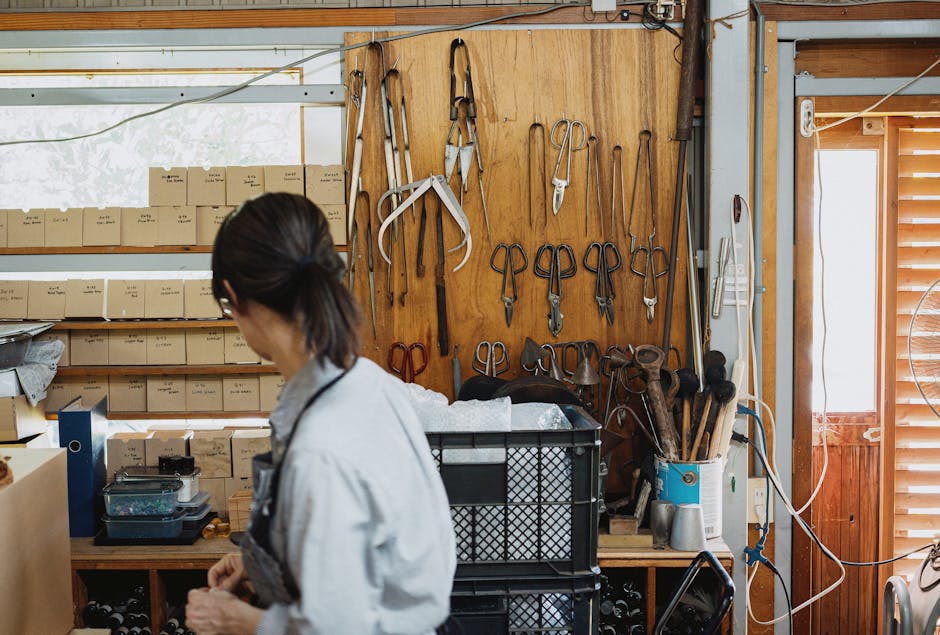
In a breathtaking display of ingenuity and respect for heritage, the world recently witnessed a remarkable convergence of past and future: the "Nishijin-ori Spacesuit." Originating from the ancient capital of Kyoto, this extraordinary creation, a true fusion of 伝統工芸 (Traditional Craft) and 宇宙技術 (Space Technology), was proudly showcased at the 万博 (Expo), captivating imaginations and redefining the boundaries of craft.
The Enduring Legacy of Nishijin-ori
To truly appreciate the "Nishijin-ori Spacesuit," one must first understand the profound legacy it carries. Nishijin-ori is not merely a fabric; it is a centuries-old weaving tradition from Kyoto, renowned for its intricate patterns, vibrant colors, and unparalleled quality. For over a thousand years, the artisans of Nishijin have passed down their exceptional skills, transforming silk threads into masterpieces of brocade, damask, and twill.
The commitment to materials in Nishijin-ori is unwavering. Only the finest silks are meticulously selected, dyed with precision, and then woven on specialized looms. Each design, often inspired by nature, literature, or classical Japanese aesthetics, demands incredible patience and a deep understanding of complex weaving techniques. This is where the artisan's exceptional skills truly shine – in their ability to orchestrate thousands of threads into a cohesive, breathtaking textile that is both durable and exquisitely beautiful. While traditionally used for kimonos, obi sashes, and ceremonial garments, Nishijin-ori has always been a craft that adapts, finding new expressions while preserving its core essence.
A Leap into the Cosmos: The Nishijin-ori Spacesuit
The unveiling of the 「西陣織宇宙服」 (Nishijin-ori Spacesuit) represents a bold new chapter for this venerable tradition. It is a testament to the idea that the principles of meticulous craftsmanship, innovative design, and a pursuit of perfection – hallmarks of 伝統工芸 (Traditional Craft) – are not confined to historical applications but can be powerfully integrated with cutting-edge 宇宙技術 (Space Technology).
This project from Kyoto embodies a profound philosophical fusion: taking the deep-rooted understanding of material science and intricate structural design inherent in Nishijin-ori and applying its innovative spirit to the challenges of space exploration. While the specific technical details of how Nishijin-ori's weaving principles contribute to the functional aspects of a spacesuit are at the forefront of this technological marriage, the very concept challenges us to think beyond conventional boundaries. It suggests that the beauty, resilience, and symbolic richness of traditional textiles can inspire or even contribute to the designs that will carry humanity into the future.
Showcased at the Expo: A Global Statement
The exhibition of the 「西陣織宇宙服」 (Nishijin-ori Spacesuit) at the 万博 (Expo) was more than just a display; it was a powerful statement on the global stage. It demonstrated that innovation is not solely the domain of Silicon Valley or vast scientific laboratories. It can emerge from the heart of ancient traditions, breathing new life into time-honored crafts and proving their enduring relevance in our rapidly evolving world.
This collaboration from Kyoto serves as an inspiring example of how profound respect for heritage can fuel visionary advancements. It encourages us to look at traditional crafts not as relics of the past, but as dynamic sources of inspiration and technological insight for the future.
Embracing the Future, Honoring the Past
The 「西陣織宇宙服」 (Nishijin-ori Spacesuit) stands as a magnificent emblem of what is possible when the artistry of 伝統工芸 (Traditional Craft) converges with the ambition of 宇宙技術 (Space Technology). It is a story of human ingenuity, of artisans in Kyoto pushing the boundaries of their craft, and of a future where tradition and innovation walk hand-in-hand towards the stars. As a curator of crafts, I find immense joy in witnessing such a profound and respectful reimagining of a beloved art form, ensuring its legacy continues to inspire generations to come, both on Earth and beyond.
Comments
Post a Comment